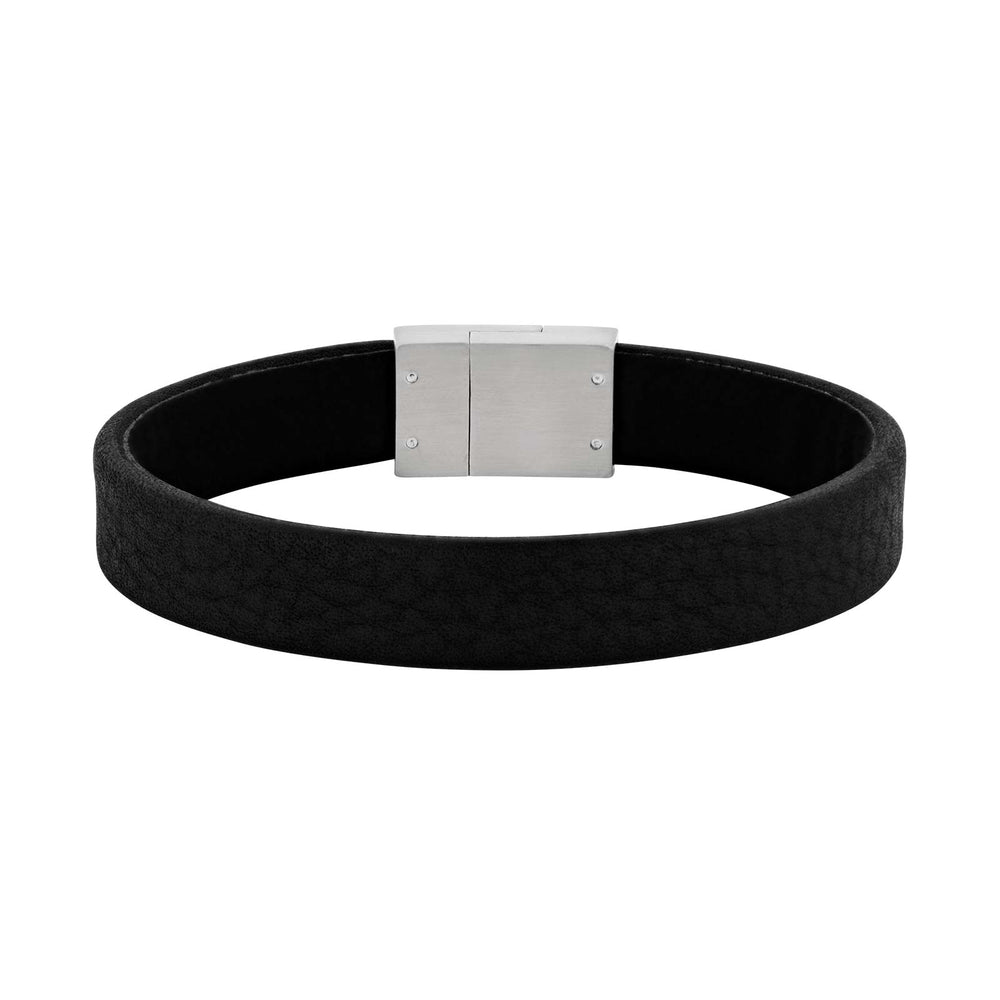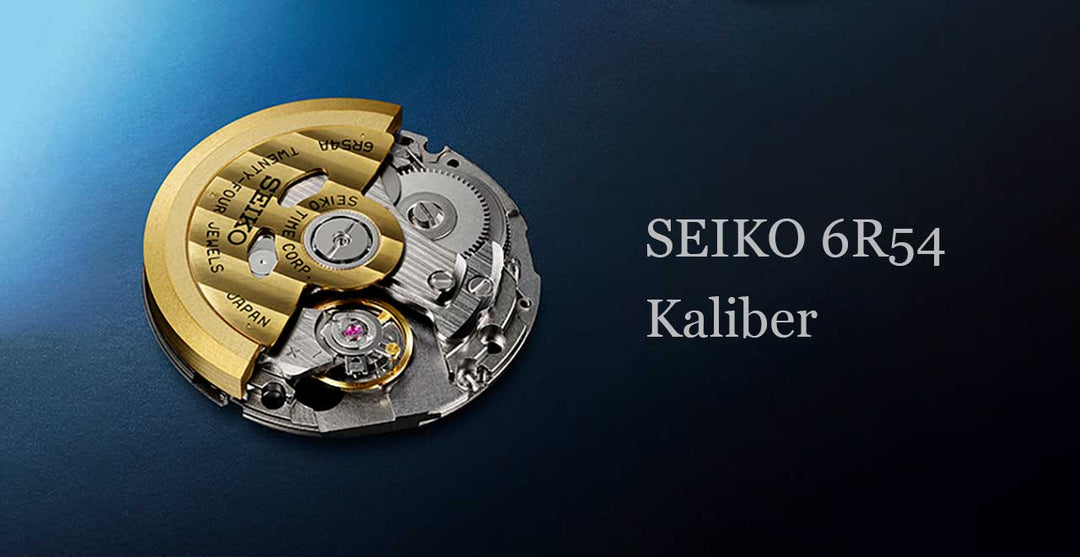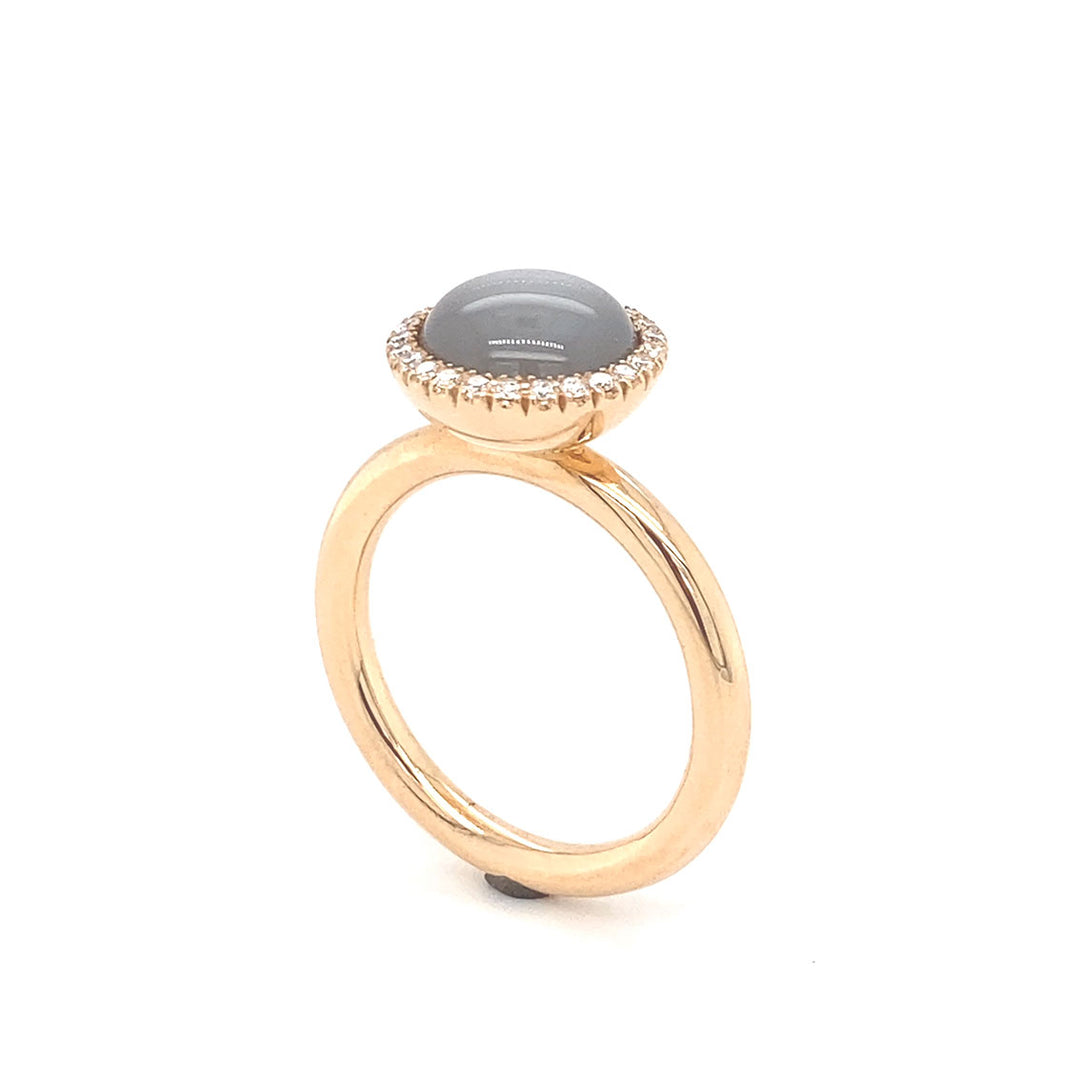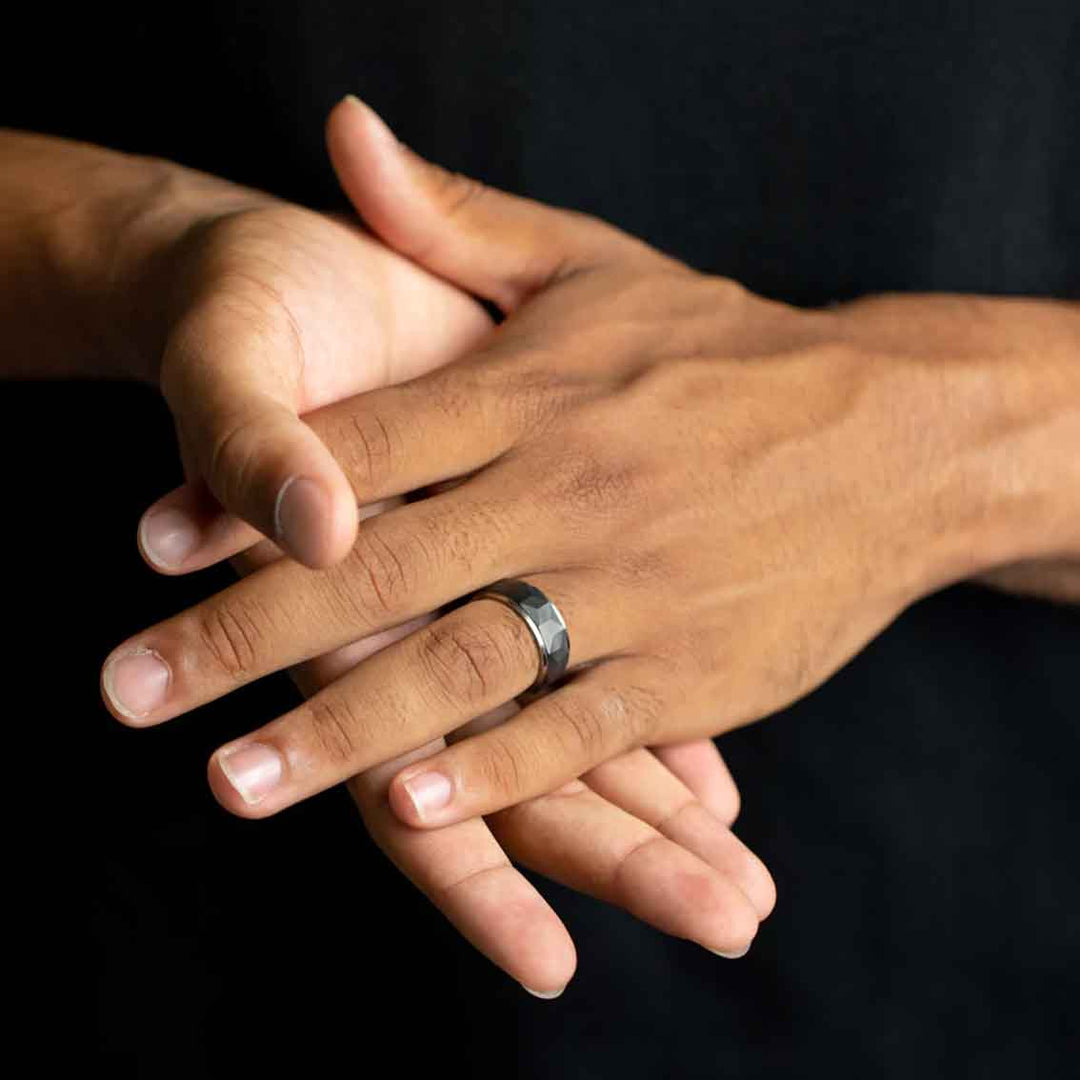GMT watches and the Seiko 6R54 caliber
Earlier this year, Seiko introduced a new movement in its long-established 6R family, featuring a GMT function and a 72-hour extended power reserve. The 6R54 caliber is used in three new Prospex creations, all modern reinterpretations of a Seiko classic from 1968. The GMT hand can be independently adjusted in one-hour increments—without interrupting the daytime hands. This allows the wearer to check the time in a second time zone at a glance. The watches are water-resistant to 200 meters, feature LumiBrite on the hands and all 12 indices, and a scratch-resistant, unidirectional rotating ceramic bezel with a luminous marker at 12 o'clock.
The Seiko Caliber 6R54 (6R54A) is an automatic movement that Seiko calls the high-performance 6R series caliber. This new movement is based on the 6R35 caliber. The Prospex GMT with 6R54 was announced in March 2023. It marks the first time the Prospex diving watch line has featured a mechanical GMT movement.
Specifications of the 6R54 caliber
| Designation: | 6R54 / 6R54A |
| Features: |
central hour, minute, second; 24-hour hand, date (at 4:30 position) |
| Vibrations: | 21,600/hour |
| Accuracy: | +25/-15 seconds/day (worn on the arm, at temperatures between 5 and 35 degrees) |
| Power reserve: | 72 hours |
| Type: | Automatic, manual winding possible |
| Stones: | 24 |
| Caliber diameter: | 27.4 mm |
| Caliber height: | 5.3 mm |
What is a GMT watch?
GMT stands for "Greenwich Mean Time" and is the mean solar time at the Greenwich Prime Meridian. Greenwich Mean Time served as universal time from 1884 to 1928 (adopted at the International Meridian Conference in Washington). It was replaced in this role by Coordinated Universal Time (UTC) in 1972. Until standardization, every country and even individual regions had its own time, based on the sun's highest position and read from the respective church towers or station clocks. With increasing industrialization and technological advances, especially in railroads and telegraphy, the desire for a uniform time and uniform time zones grew.
The solution was to introduce a global standard time that everyone could follow.
In addition to the central hour hand, GMT watches also have another, usually smaller, GMT hand to indicate a second time zone. On most GMT watches, the bezel displays a 24-hour display.
These watches were originally developed for aviation, allowing pilots to see two different time zones at a glance. Since GMT time was considered universal time at the beginning of aviation, this name was simply adopted for this type of watch and hasn't changed since. A GMT watch has two components: a hand that always tracks GMT, allowing time determination anywhere in the world, and a regular hand that indicates local time.
Why are GMT watches popular?
Generally, GMT hands are used to indicate the time in any other time zone or to synchronize it with local time, thus creating a morning/afternoon display. One of the most popular GMT watches of all time is the Rolex GMT-Master from the 1950s. Rolex produced this watch with its distinctive blue and red bezel for Pan Am airline and its pilots. Because of the bezel's color scheme, the timepiece was known to most people as the Rolex with the "Pepsi bezel," and the original connection to Pan Am was quickly forgotten.
The interaction between the GMT hand and GMT bezel is crucial for the GMT function. The GMT hand is an additional hour hand that stands out visually from the other hands due to its size and usually striking color. It can be moved independently or independently, depending on the type of GMT watch. Unlike the normal hour hand, the GMT hand takes 24 hours to complete a complete orbit around the watch face. In addition to the GMT hand, the GMT bezel also plays an important role in watches with a GMT function. The GMT bezel can be used to set the second or third time zone. Like the GMT hand, the GMT bezel indicates 24 hours and is usually two-colored to distinguish between day and night. Unlike the diver's watch bezel, the GMT bezel can usually be rotated in either direction.
Two watch types with GMT function
- GMT watches, where the hour and GMT hands can only be moved simultaneously (1st generation) and
- GMT watches in which the hour and GMT hands can be moved independently of each other (2nd generation).
Second-generation GMT watches can be further divided into Office GMT or Caller GMT and True GMT or Traveller GMT.
In the first generation of GMT watches, the GMT hand and hour hand cannot be moved independently of each other; they are linked. This means that whenever the hour hand is moved, the GMT hand also moves simultaneously. What's unique about this is that the hour hand moves in 12-hour intervals, while the GMT hand moves in 24-hour intervals.
In contrast to the first generation, the GMT hand and the hour hand of the second generation GMT watches can be moved independently of each other.
2nd generation GMT watches can be divided into two types:
- Office GMT or Caller GMT , where the GMT pointer usually indicates a foreign time zone and
- True-GMT or Traveller-GMT , in which the home time is usually displayed with the GMT hand.
The new Seiko 6R54 caliber is a so-called Caller GMT, with the 24-hour display located on the outer edge of the dial.
The GMT time is set as follows: To set the date, unscrew the crown and pull it out until it clicks. To set the date, turn counterclockwise.

To set the GMT hand, the crown is also pulled out to the first click and turned clockwise. The 24-hour display on the dial provides guidance during setting.

(Source: https://www.seikowatches.com/-/media/HtmlUploader/Common/Seiko/Home/instructions/html/SEIKO_6R54_D_EN/assets/pdf/JSY6R54D1_EN.pdf)
Seiko is currently using the new 6R54 caliber in three new Prospex Diver models and three new Alpinist watches (Prospex Land) .













